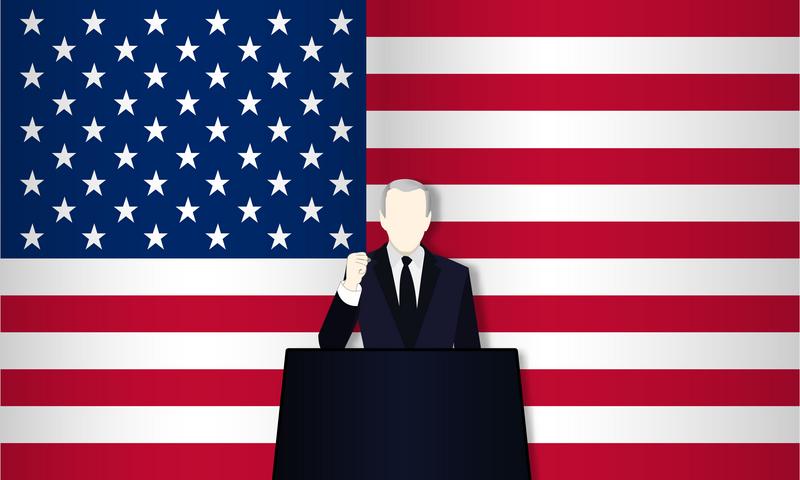Each year, the President of the United States presents a budget proposal to Congress to fulfill promises made during his campaign and to create the change that they think is best. When President Biden ran for office, one of his core issues was making college more affordable.
Since he took office, he has tried to make his plans a reality. His budget proposal for Congress this year includes sweeping changes to alleviate college costs for students and their families.
President's Budget 2025
In the last 20 years, tuition and fees have increased by 134%, according to
U.S. News and World Report. Naturally, families are struggling to keep up with rising costs, and the President and his team have worked hard to enact policies that will change how students are paying for school.
The proposed budget for 2025 furthers his mission in two ways:
Another Pell Grant Increase
For the past three years, President Biden has requested an increase to the
Pell Grant maximum. He is doing so again for next year's budget, suggesting $750 be added. That would bring the maximum Pell Grant amount to $8,145, reports
Inside Higher Ed.
Steps Toward Free Community College
President Biden has long campaigned for free community colleges, with the first steps dating back to his vice presidency with Barack Obama. No doubt, Dr. Jill Biden, the First Lady and a former community college educator, also directs her husband on this issue.
His proposed 2025 budget includes a Federal-state partnership to provide two years of free community college education and subsidize tuition for students whose families make less than $125,000 a year and are enrolled in a
Historically Black College or University (HBCU), Tribal College and University (TCCU), or a Minority-Serving Institution (MSI).
Elimination of Student Loan Origination Fees
Another major component to President Biden’s proposed budget for 2025 is the
elimination of student loan origination fees, which actually has bipartisan support.
Origination fees are initial charges to borrowers who are opening a new application. However, these fees have long been criticized as being unnecessary and counter-intuitive to recent efforts to provide college pricing affordability and transparency.
Currently, the loan origination fee for Direct Subsidized and Unsubsidized Loans is 1%, while the fee for PLUS Loans for parents and grad students is 4%.
Biden's Long-Term Vision for Higher Education
The above are steps that President Biden is hoping to take toward his long-term vision for changes to higher education in America, a vision that extends beyond his own presidency.
Under his watch, the Pell Grant maximum has increased by $900, but President Biden wants it to increase even more in the coming years. His ideal Pell Grant amount would be doubled by the year 2029.
Finally, his plans for building up community college over the course of the next ten years is extensive.
President Biden's Higher Education Record
Despite winning the election during the pandemic and keeping that the focus of his first year, President Biden and his administration have been able to pass multiple policy changes for higher education:
• Distributed over $34 billion in federal student loan forgiveness to students who had been impacted by institutional fraud, school closures, and total or partial disability.
•
Overhauled the Public Service Loan Forgiveness (PSLF) program to allow borrowers to receive credit for past periods of repayment on loans that may not otherwise qualify. To date, $2.6 billion has been forgiven for 34,400 borrowers.
• Just a few weeks ago, the Biden administration announced loan forgiveness for SAVE payment plan borrowers. Eligible borrowers will have taken out less than $12,000 to pay for college and been consistently making payments for the last 10 years. Nearly 153,000 borrowers will receive their portion of $1.2 billion in loan forgiveness distributed under this plan.
• President Biden has reinstated the
White House Initiative on Historically Black Colleges and Universities, which would “develop new and expand pre-existing national networks of individuals, organizations, and communities to share and implement administrative and programmatic best practices related to advancing educational equity, excellence, and opportunity at HBCUs.” Through this Initiative and others, his administration will have invested $7 billion into HBCUs around the country.

